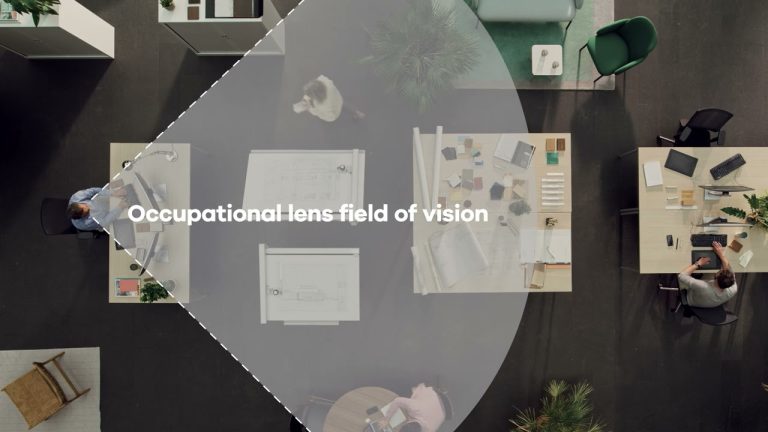How to Choose the Right Lens Material for Prescription Safety Glasses with Occupational Bifocals
In certain work environments, it is required for employees to wear prescription safety glasses with occupational bifocals. These glasses not only help workers see clearly but also protect their eyes from potential hazards. When it comes to choosing the right lens material for these glasses, there are several factors to consider.
Impact Resistance
The first and most important factor to consider is impact resistance. In hazardous work environments, there is always a potential for flying debris or other objects to come into contact with the glasses. Impact-resistant lens materials such as polycarbonate and Trivex are ideal for prescription safety glasses as they can withstand high impact and are less likely to shatter upon impact.
Visual Clarity
The second factor to consider is visual clarity. The lens material you choose should provide clear and accurate vision. High-index lenses are a popular choice for prescription safety glasses as they are thin, lightweight and provide excellent optical clarity. However, they are not as impact-resistant as polycarbonate or Trivex.
Prescription Strength
Another important factor to consider is the strength of your prescription. If you have a high prescription, you may want to consider a lens material that is thinner and lighter to avoid the glasses feeling too heavy on your face. Polycarbonate and Trivex are great choices for their lightweight properties.
UV Protection
UV protection is also important when it comes to choosing the right lens material for prescription safety glasses. Look for lenses that are marked as providing 100% UV protection. This will help protect your eyes from harmful UV rays that come from the sun or other light sources.
Cost
Lastly, cost is a factor to consider when choosing the right lens material for your prescription safety glasses. Polycarbonate and Trivex lenses can be more expensive than traditional lenses, but they are worth the investment when it comes to protecting your eyes from potential hazards.
Conclusion
When choosing the right lens material for prescription safety glasses with occupational bifocals, it is important to consider impact resistance, visual clarity, prescription strength, UV protection, and cost. Polycarbonate and Trivex are great choices for their impact resistance and lightweight properties, while high-index lenses are ideal for their optical clarity. Regardless of your choice, investing in quality lens material is crucial for your eye protection and overall safety in the workplace.
Most wanted in Hoya Vision:
What are prism eyeglass lenses?
Hoya Lens Engravings
What brand lenses does Costco use?
What does +0.25 mean on an eye test?
Do tinted glasses help with migraines?
Should eyeglasses cover eyebrows?
Hoya Identification Chart
What LED light is best for broken capillaries?
Does hyperopia worsen with age?
What is the difference between Ray Ban RB and Rx?
















